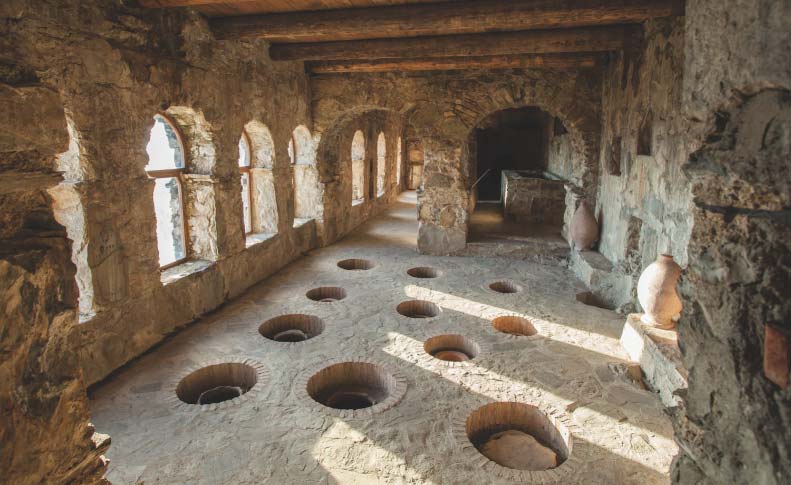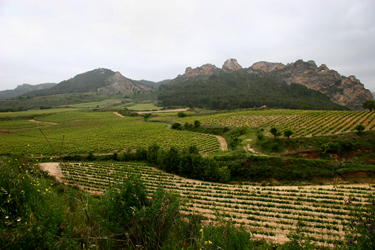I am a viticulture student at an agrarian university located in Tbilisi, the capital city of Georgia. Georgia is considered the cradle of wine, as archaeologists have traced the world’s first known wine creations back to the people of the South Caucasus some 8,000 years ago. Since then, the love of wine and taking care of vineyards has passed down from generation to generation and our traditions still remain vibrant.
Uniquely Georgia
Georgia’s climate and territorial conditions are perfect for wine production. Here, extreme weather is very unusual; summers are sunny, while winters are mild and frost-free. The country is rich with natural springs that come from the Caucasus Mountains. The people of the South Caucasus domesticated the native grape, Vitis vinifera sylvestris, creating V. vinifera vinifera and found that if the juice from these grapes were buried in a pit over winter, it turned into wine.
Even in 6000 BCE folks of the region were using the qvevri — large, egg-shaped, terracotta clay pots for the fermentation and maturation of wine. Qvevri differ from amphorae in some important ways: They’re buried underground and they are egg shaped the entire way around. Being buried underground provides a natural measure of temperature stabilization but also means that given their size and location, qvevri are unsuitable for movement. Amphorae will have a flat base in order to allow them to free stand, come in a wide array of sizes, and are not buried underground.
For generations, Georgia has proudly claimed the title of the birthplace of wine.
Grapes are partially pressed before they enter qvevri for fermentation. Depending on the climate of the region, skins and stems may also be included, though in colder regions this can develop undesirable “green” characteristics. At the end of the process, wine is transferred to a freshly cleaned qvevri or another storage vessel until bottling. Occasionally, it is bottled right away.

In Georgia, every drink has its toast. At all gatherings there is a toastmaster, one person who introduces each toast, which we call Tamada. Every toast is interpreted by table members before drinking to it and one must never drink wine without toasting (and the same goes for beer!).
Wine Characteristics
Though it is now grown throughout Georgia as well as abroad, the Rkatsiteli white grape variety is believed to have first emerged in eastern Georgia in the first century. Rkatsiteli makes noticeably acidic but balanced white wines with a full flavor profile and good body. Restrained and refreshing, with crisp green apple flavors and hints of quince and white peach, Rkatsiteli wines are more complex when produced using the traditional Georgian qvevri method.
The leading red variety in Georgia, Saperavi is indigenous to the country. Saperavi are deep in fruit character, yet brisk with acidity; this gutsy grape presents a unique alternative to everyday reds. Its name means “the place of color,” so named because it is one of the few teinturier grape varieties in the world — a grape with a red flesh as well as red skin. Saperavi wine reflects a deep, inky, and often fully opaque color. It has aromas and flavors of dark berries, licorice, grilled meat, tobacco, chocolate, and spices.
For generations, Georgia has proudly claimed the title of the birthplace of wine. The beloved mother Georgia statue overlooking the capital city of Tbilisi holds a sword in one hand and a wine cup in the other — symbols of the Georgian people’s passionate defense of our freedom, alongside our warm hospitality.







